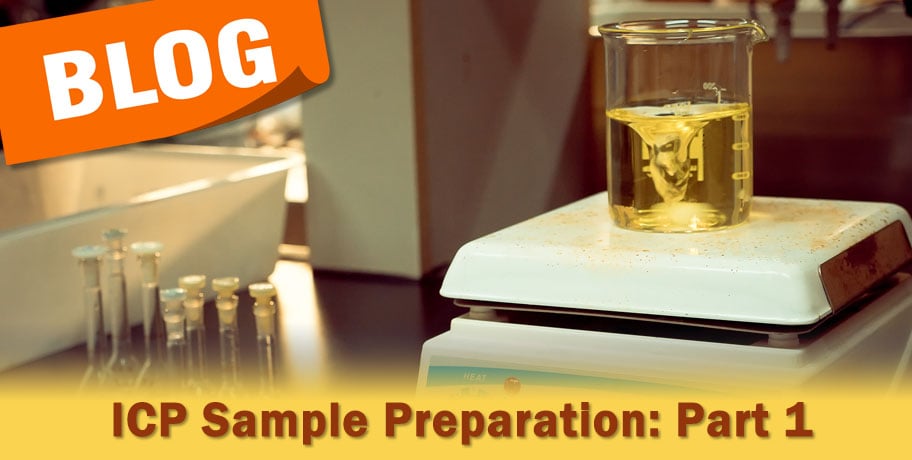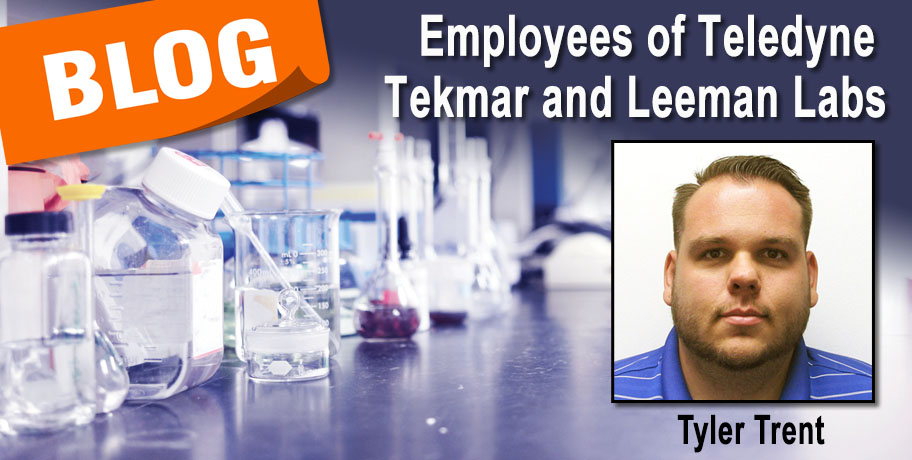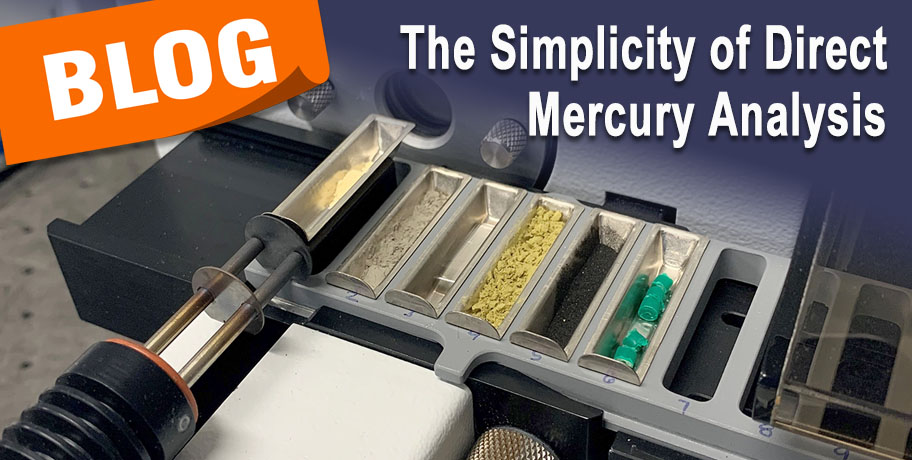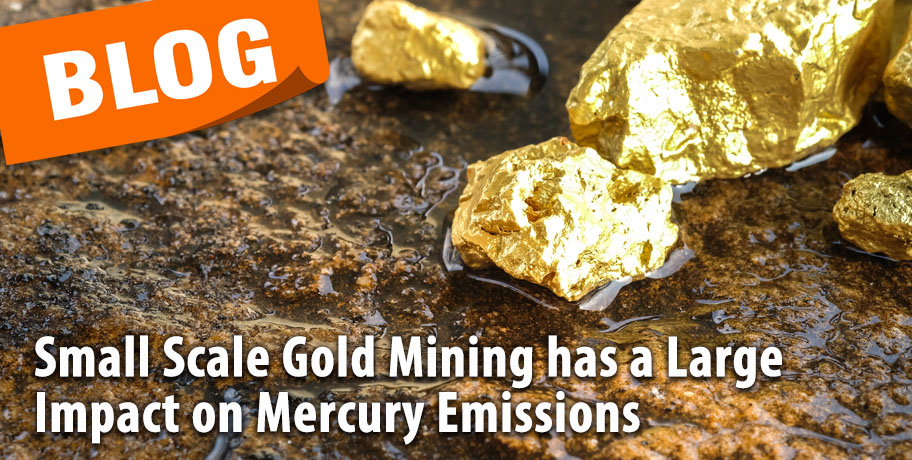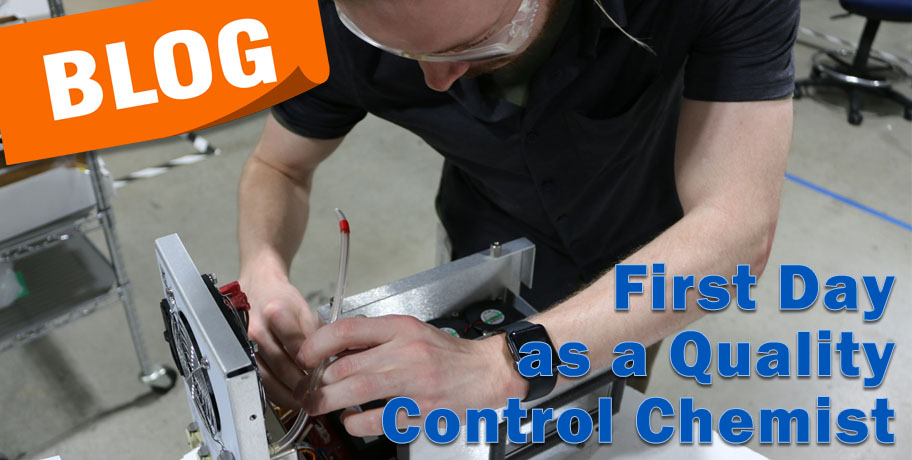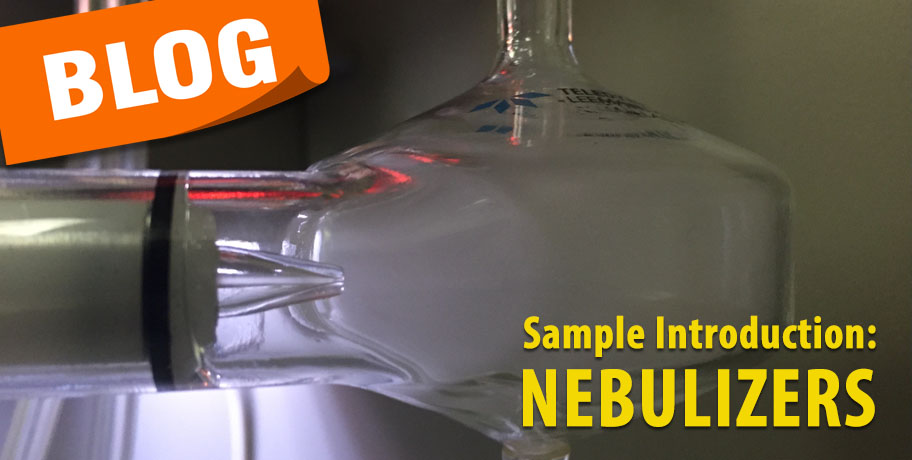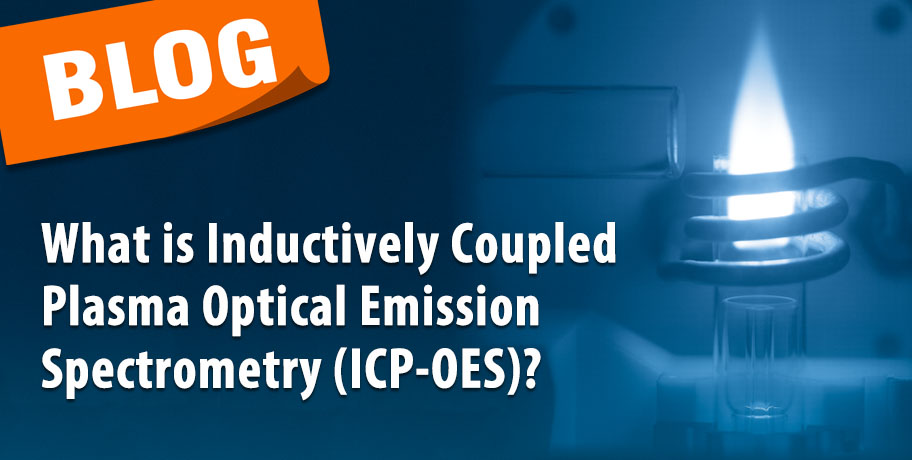A majority of samples analyzed by Inductively Coupled Plasma Optical Emission Spectroscopy (ICP-OES) are introduced to the instrument as solutions. Sample preparation for analysis by ICP-OES may be as simple as filtering and adding acid to a liquid sample or be a lengthy, complex procedure to dissolve a solid. In order to obtain the best possible analytical results, an appropriate technique must be used to convert the sample into a usable solution. Part 1 and 2 of this blog will briefly examine some of the more commonly used sample preparation techniques, and highlight their respective advantages and disadvantages.
Read MoreTeledyne Leeman Labs Blog
Sample Preparation for ICP-OES - An Overview - Part 1
Posted by Manny Almeida on Jun 8, 2022 4:10:29 PM
In my last blog (“How Valid Is Your Data? - Part 1”) we discussed what happens when samples enter the laboratory. We covered spiking of samples, control blanks and relative percent difference in sample concentrations. That discussion led me to close Part 1 with a “reality check” example from my own experience analyzing beverages. While everything looked great from the outside looking in… a hidden issue needed to be resolved: spectra did not match the control blanks and/or calibration. This indicated the existence of a kinetics issue in the online reduction reaction used to achieve elemental Hg – specifically, method timing constraints.
In Part 2 of this blog, I am happy to report that I’ve successfully analyzed brewed coffee, red wine, milk, orange juice, brewed tea and soda pop. The original method guidance I was using was written for ICP, via microwave digestion. Sometimes H2O2 is used to enhance oxidation in microwave digestion and the method did in fact use H2O2. Knowing that dissolved oxygen would interfere with the reduction used in the CVAA technique, I assumed that the digestion process would entirely consume the H2O2. Well it didn’t, hence my spectra issues which affected the results!
Read MoreIf this is your first time visiting www.teledyneleemanlabs.com and/or stumbling upon our blog, Teledyne Leeman Labs has been in the business of making benchtop mercury analyzers for over 30 years. Myself, I’ve been with the company, wearing a variety of different hats, for 24 years. Prior to landing this 24-year gig, I was an analytical research chemist at the University of North Dakota’s Energy and Environmental Research Center (EERC) in Grand Forks, ND. So, with a career like this, I’ve seen a lot of data - some good, and some not so good!
Read MoreTags: mercury analysis
Who are the employees of Teledyne Tekmar/ Teledyne Leeman Labs
Posted by Teledyne Leeman Labs on Jun 2, 2022 12:36:33 PM
With today’s blog, I thought maybe we could go down another direction and get to know the employees of Teledyne Tekmar/Leeman Labs. The first person I would like to introduce you to is Tyler Trent.
Tyler is the Elemental Product Marketing Manager for Teledyne Tekmar and Leeman Labs. He oversees the TOC, ICP and Hg product lines. Tyler is entering his 12th year at Teledyne. Over the 12 years he has cover a wide range of roles.
Tyler was hired right out of college and has held the following positions: Application Chemist, Application Sales Specialist, Europe Middle East, and Africa Sales Manager and now his most recent role of Elemental Product Marketing Manager.
Let’s ask Tyler some questions to get to know him better.
Read MoreDirect Analysis by Thermal Decomposition
Direct mercury analysis is a well-established analytical technique for mercury determination used by the academic, biological, clinical, environmental, food, and industrial communities that has been approved by organizations such as the EPA in Method 7473 and the ASTM in Methods D6722 and D7623. This analysis employs the technique of thermal decomposition (sample combustion), mercury concentration via gold amalgamation, and detection by cold vapor atomic absorption. The biggest advantage of direct mercury analysis is no sample preparation or chemical reduction is required. The total mercury is released as a vapor when the sample is combusted. Advantages of thermal decomposition include:
Read MoreTags: thermal decomposition
Small Scale Gold Mining has a Large Impact on Mercury Emissions
Posted by Sara Kennedy on May 18, 2022 3:46:54 PM
Artisanal and small-scale gold mining (ASGM) is defined by the Minamata Convention on Mercury as ‘gold mining conducted by individual miners or small enterprises with limited capital investment and production’. This type of mining often uses liquid mercury which forms an amalgam with the gold ore in the soil. The very small particles of gold are dissolved into the mercury to form a dark grey clump. To release the gold from the amalgam, the alloy is melted over a flame, driving the gaseous mercury vapor into the air and leaving behind the extracted gold. It is estimated that ASGM produces up to 20% of the world’s gold and 35% of all mercury pollution into the environment. Gold mining using mercury is detrimental to the health of workers, their environment, and their communities but there are economic and social considerations that limit the implementation of mercury free mining technologies.
Read MoreTags: mercury, mercury measurement, Mining
Hey All, I am one of the newest members of the Teledyne Leeman Labs team and getting my start as a Quality Control Chemist for the Mercury Analyzers. I really came across the position shortly after college, in part from my research as a senior, identifying heavy metals in wastewater, specifically Mercury and Selenium. My professor reached out thinking the position would be perfect for me since I had expressed a large interest in working on the instrumental side of chemistry, and it being similar to my research. I was overwhelmed at first having little knowledge of the company before hand and the analyzers being different in the technology compared to what I had previously run. The methods were very similar, for most of the analyzers in practice but getting to know and work with 4 new analyzers was still a lot to take in. Ultimately, I was excited for the challenge, even with the overwhelming amount to learn as I was becoming bored with the monotony of my current job at the time, and felt I was mostly isolated in the lab.
Read MoreTags: Teledyne Leeman Labs
For most applications, the ICP-OES requires the sample be in liquid form. Solid samples can be acid digested or dissolved in a solvent suitable for use with the ICP.
Liquid samples are delivered to the ICP using a sample introduction system, which is made up by the torch, spray chamber, nebulizer, peristaltic pump and tubing. In this blog post, we will look at the nebulizer.
Read More
Tags: ICP-OES, Nebulizers
Learning through Failure from a Quality Control Chemist's Perspective
Posted by Aaron Keller on Apr 20, 2022 9:16:47 AM
Coming into the position of a Quality Control Chemist, I knew there would be a lot to learn just in a new job. New instruments, new techniques, new procedures to follow there was going to be a large amount to learn just to do right. However, the tricky thing about Quality Control is having to prepare for when things go wrong too and learning from that as well. What happened, why did it happen, and can I fix it are some of the biggest questions that come up when something goes wrong.
Read MoreTags: Interest Stories
What is Inductively Coupled Plasma Optical Emission Spectrometry (ICP-OES)? Part 1 of 2
Posted by Manny Almeida on Apr 4, 2022 8:04:55 AM
Inductively Coupled Plasma Optical Emission Spectrometry is a multielement technique that uses a high temperature plasma to excite atoms within the sample to the point where they emit wavelength-specific photons of light. Each element emits its own characteristic wavelengths and the number of photons emitted is directly proportional to the concentration of that element in the sample.
Read More
